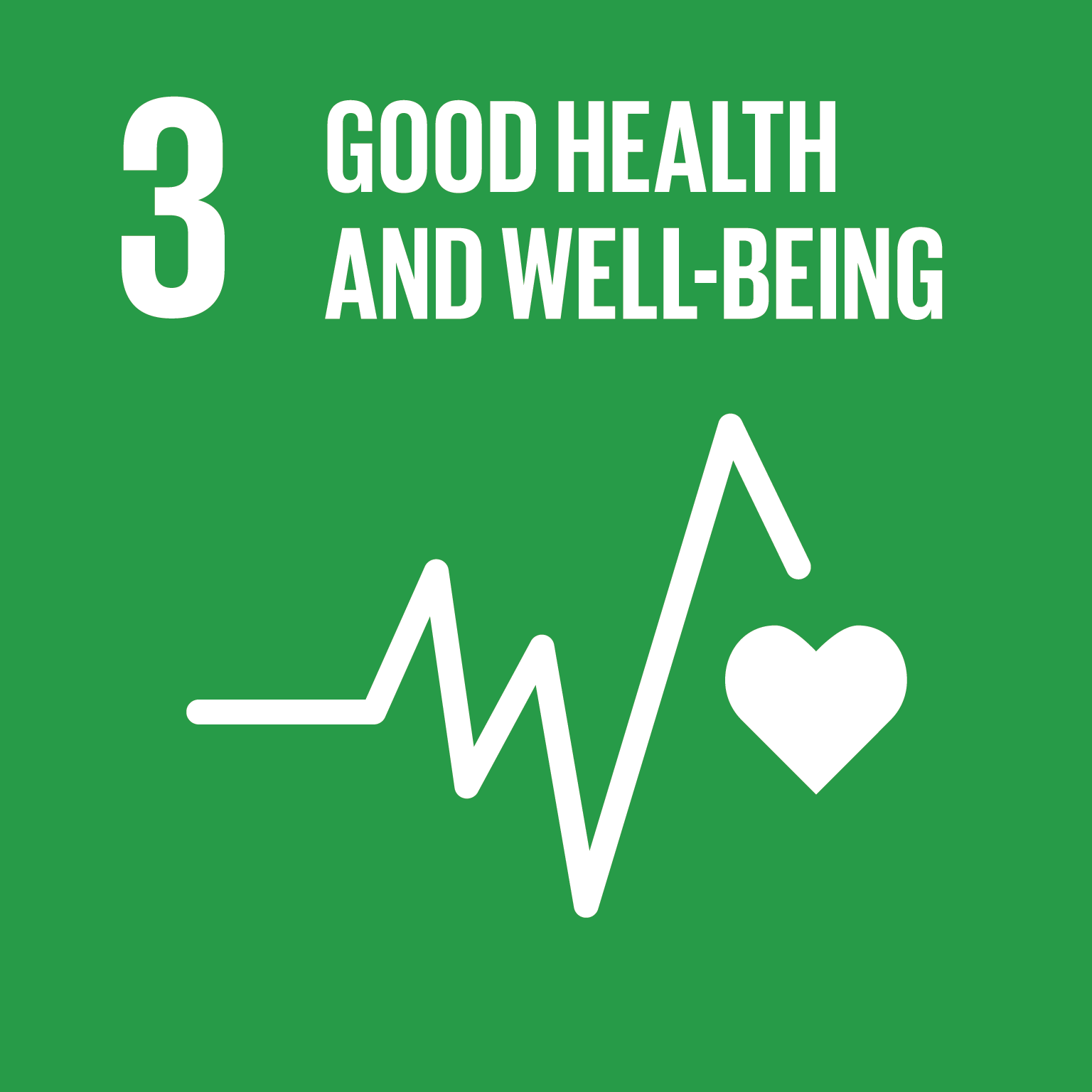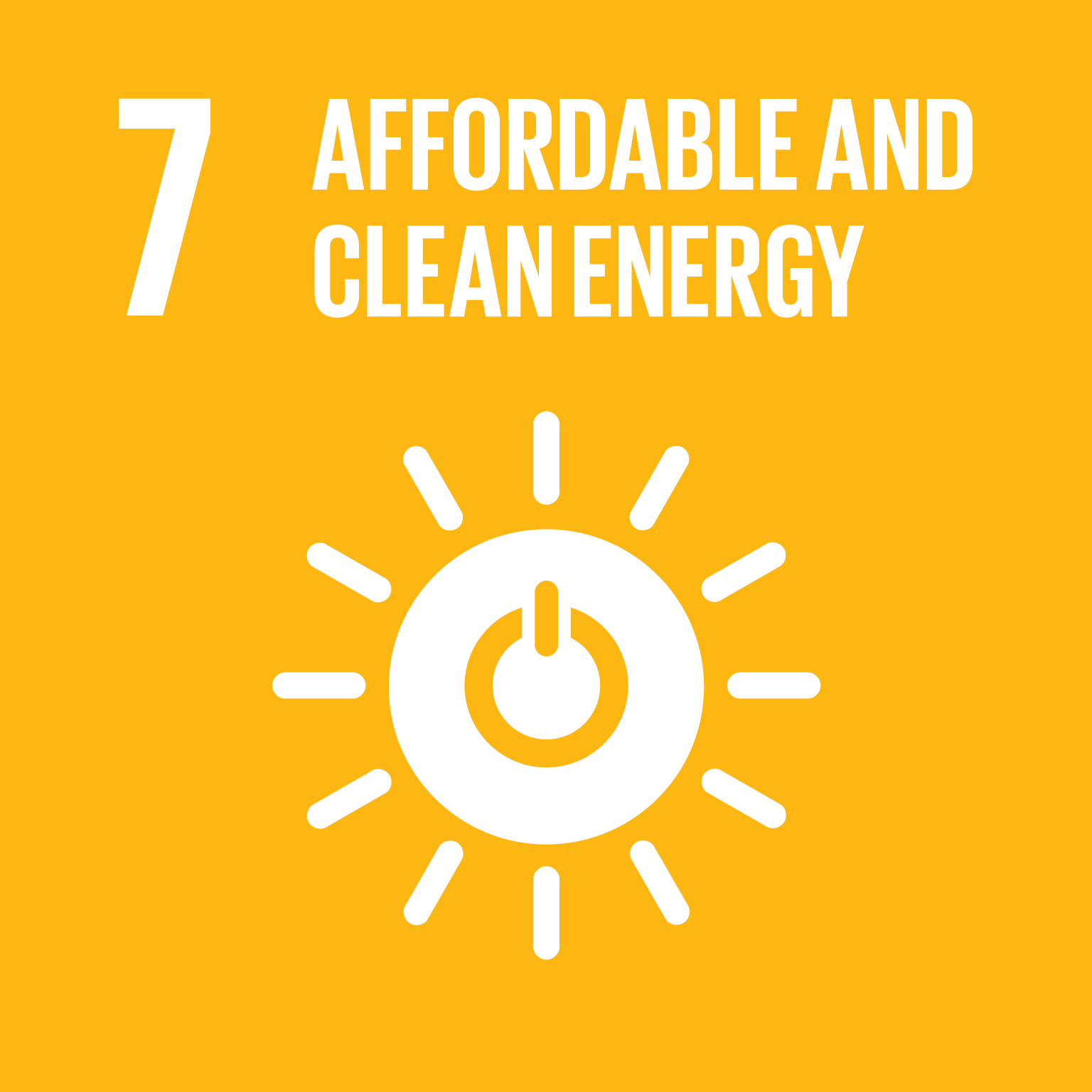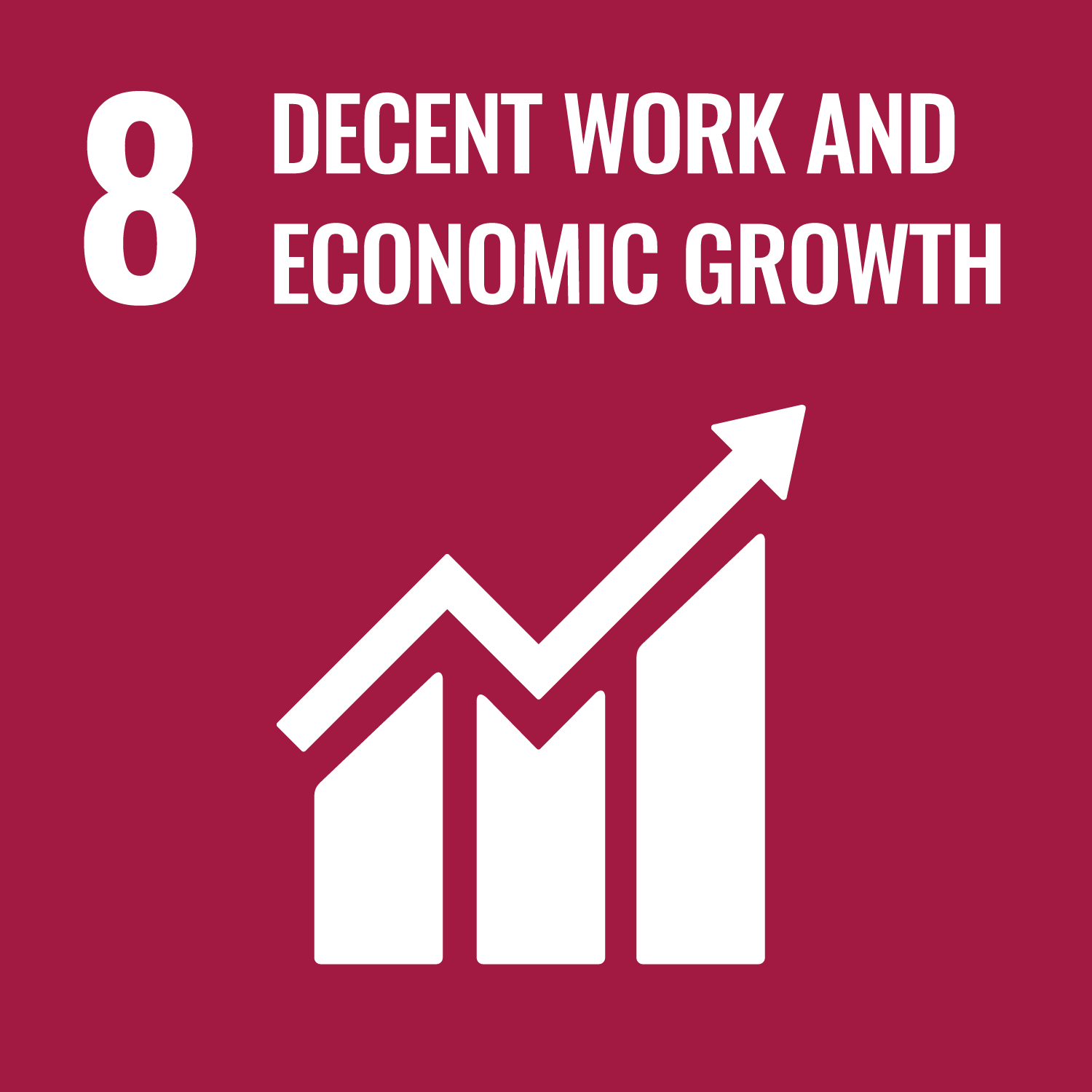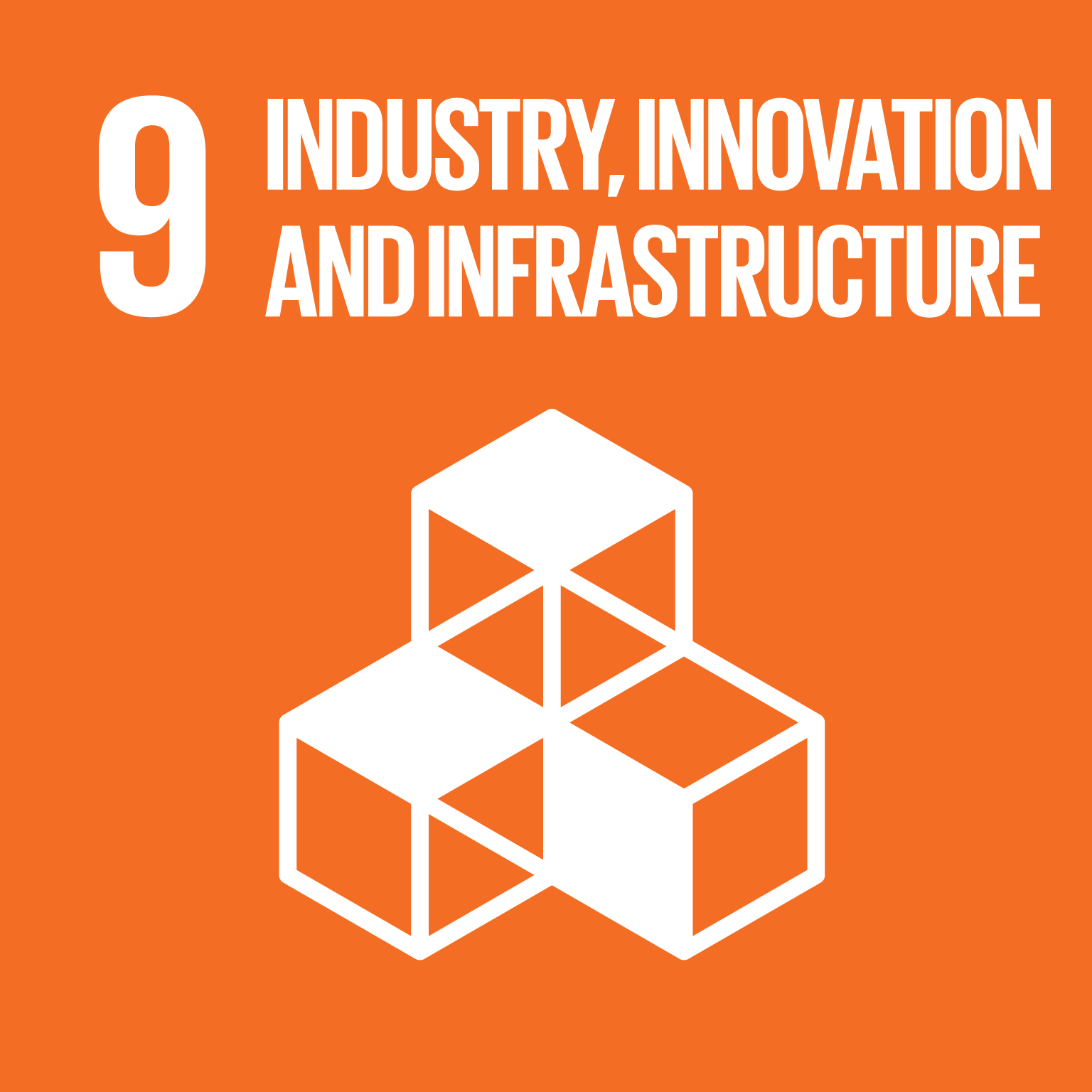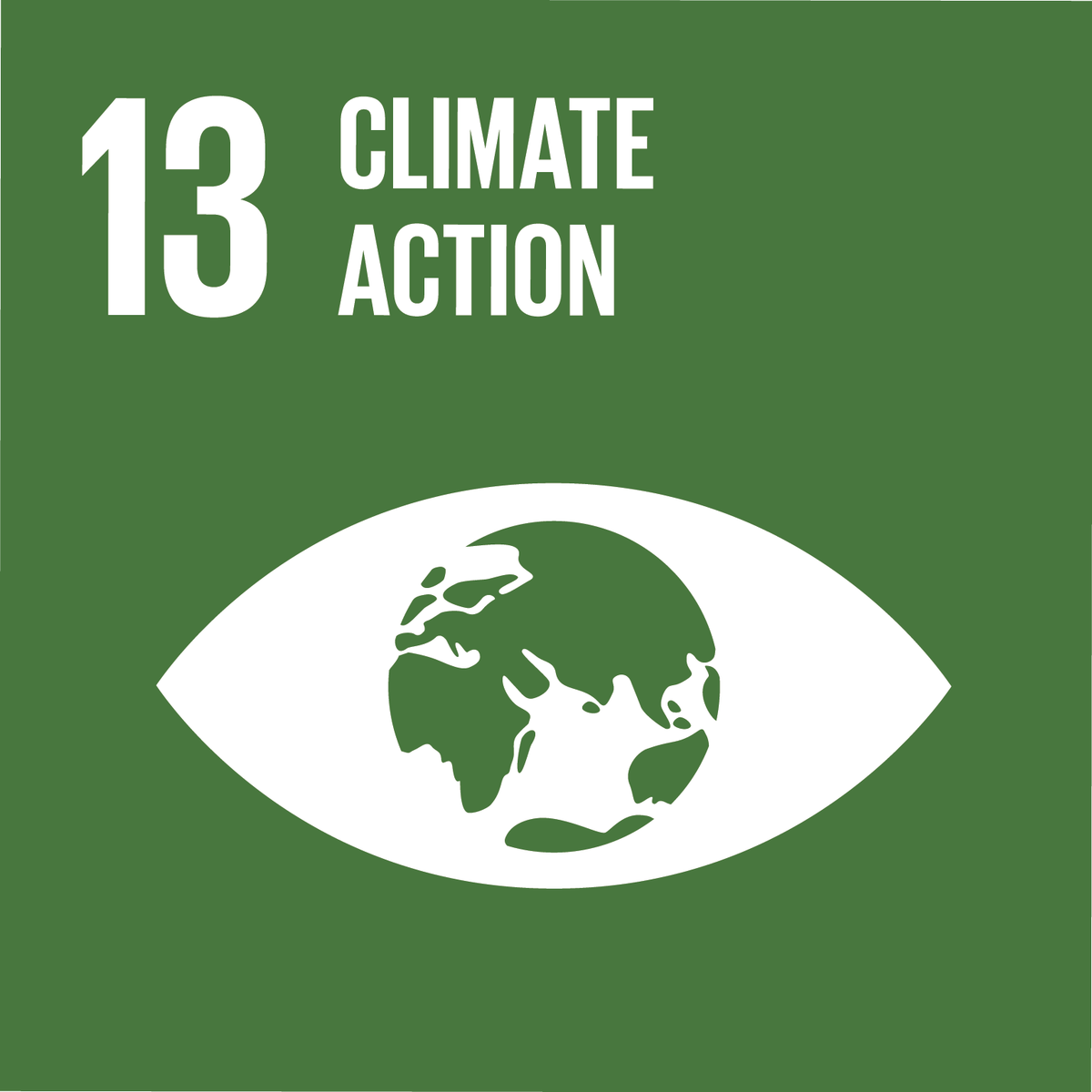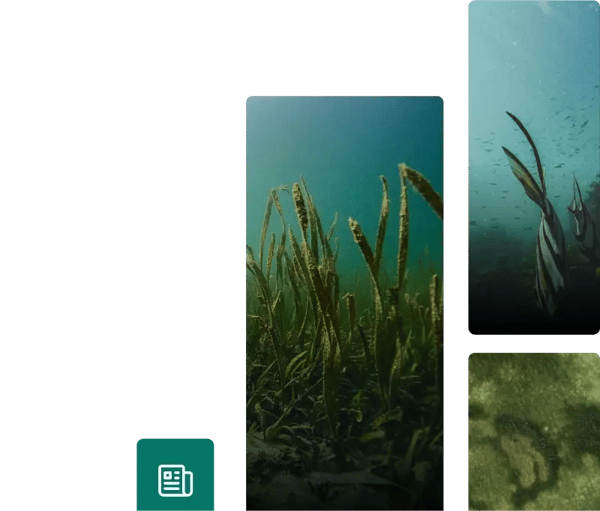Carbon Credits from Renewable Energy Projects
Discover our Renewable Energy Projects that generate carbon credits
What are Renewable Energy projects?
Renewable energy is energy that is natural and self-replenishing. These are energies that are alternatives to fossil fuel electricity and heat production. This energy alternative can limit global greenhouse gas emissions as renewable energy is infinite, something that cannot run out and emits zero emissions.
Renewable energy is low-maintenance and can help promote a decentralization of a country’s energy supply. These carbon and energy projects help create new economic opportunities and better health benefits in the local and surrounding communities.
These projects are referred to as carbon avoidance projects, preventing carbon emissions that would have been released into the atmosphere.
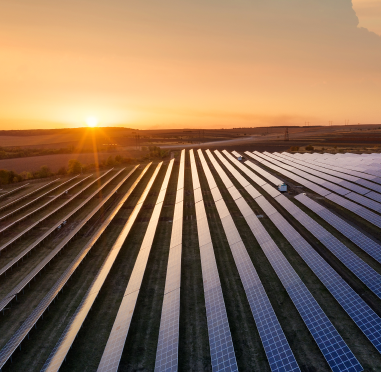
Renewable Energy projects types
Solar Farms
Solar power captures sunlight on solar panels and generates electricity from a chemical and physical reaction known as the photovoltaic effect, or PV for short. Sunlight is one of our planet’s most abundant resources, and while the amount of sunlight an area receives highly depends on its location, season and time of day, an hour and a half's worth of sunlight can meet the planet’s energy needs for a full year. These projects provide local job opportunities and clean energy.
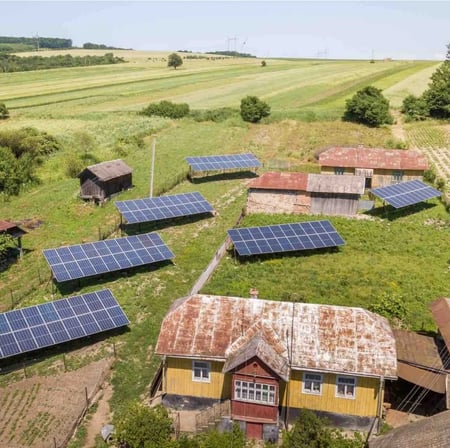
Wind Farms
Wind power generates electricity from the movement of wind across the blades of wind turbines, causing them to spin. The energy generated from these spinning blades helps drive generators that are fed into a country’s national grid. Wind power is a CO2 free energy source. The creation of wind turbines amounts to just over 1% of the greenhouse gases emitted from the creation of a coal-fired power plant. These projects increase local employment opportunities during the construction and operation phase, provide clean energy for local communities, and provide recreational and educational opportunities.
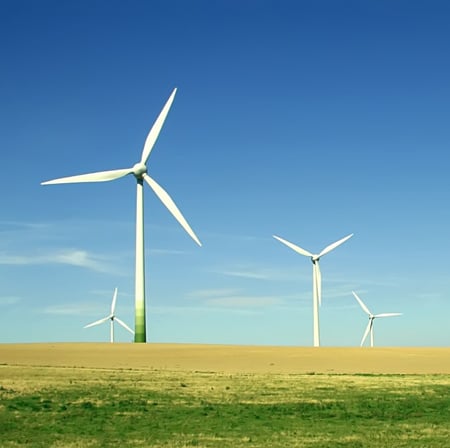
Hydroelectric Power Plants
Hydropower generates electricity through the movement of flowing water. The force from the flow of water drives a turbine that spins a generator, reaching a national grid. Hydropower can generate electricity all day and night and does not rely on the weather and speed of wind for its availability. No fuel is required for hydropower, and while some emissions are generated during construction, said construction provides income for local communities, creates new jobs and helps irrigation systems for local agriculture.
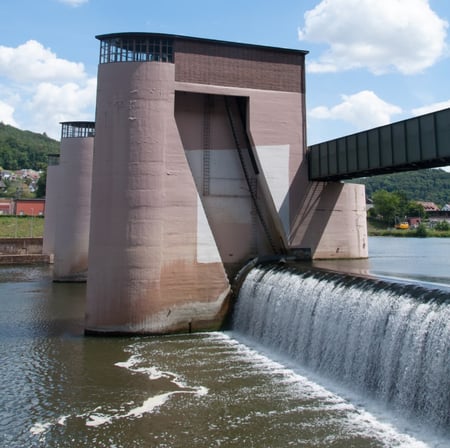
A renewable energy project example: Wind Energy in Africa
Sub-category project typology: Wind farms
The project contributes to the avoidance of greenhouse gas emissions by displacing an equal amount of energy that would have otherwise been produced by dominant coal-fired power plants. With a total installed capacity of 100 MW, the wind farm additionally improves access to electricity in remote areas of the country.
Besides energy security and new job opportunities for the local population, the project contributes to several development efforts in the region. Additional activities include educational programmes, renovations of community centres, coverage of health care and the rehabilitation of the water supply system.
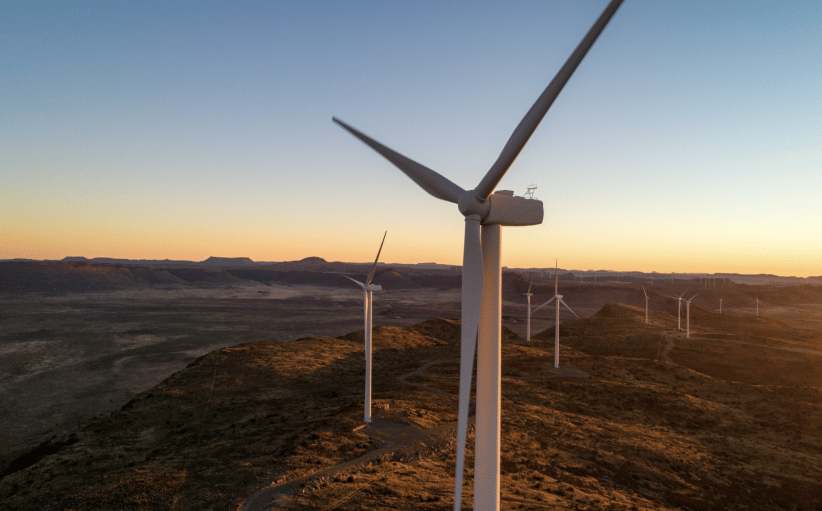
286,752 tCO₂e
estimated annual emission reductions per year
290,500 MWh
clean energy generated per year
6,500
local people now have access to potable water
108
students are on a tertiary studies bursary program
Where can you find Climate Contribution projects?
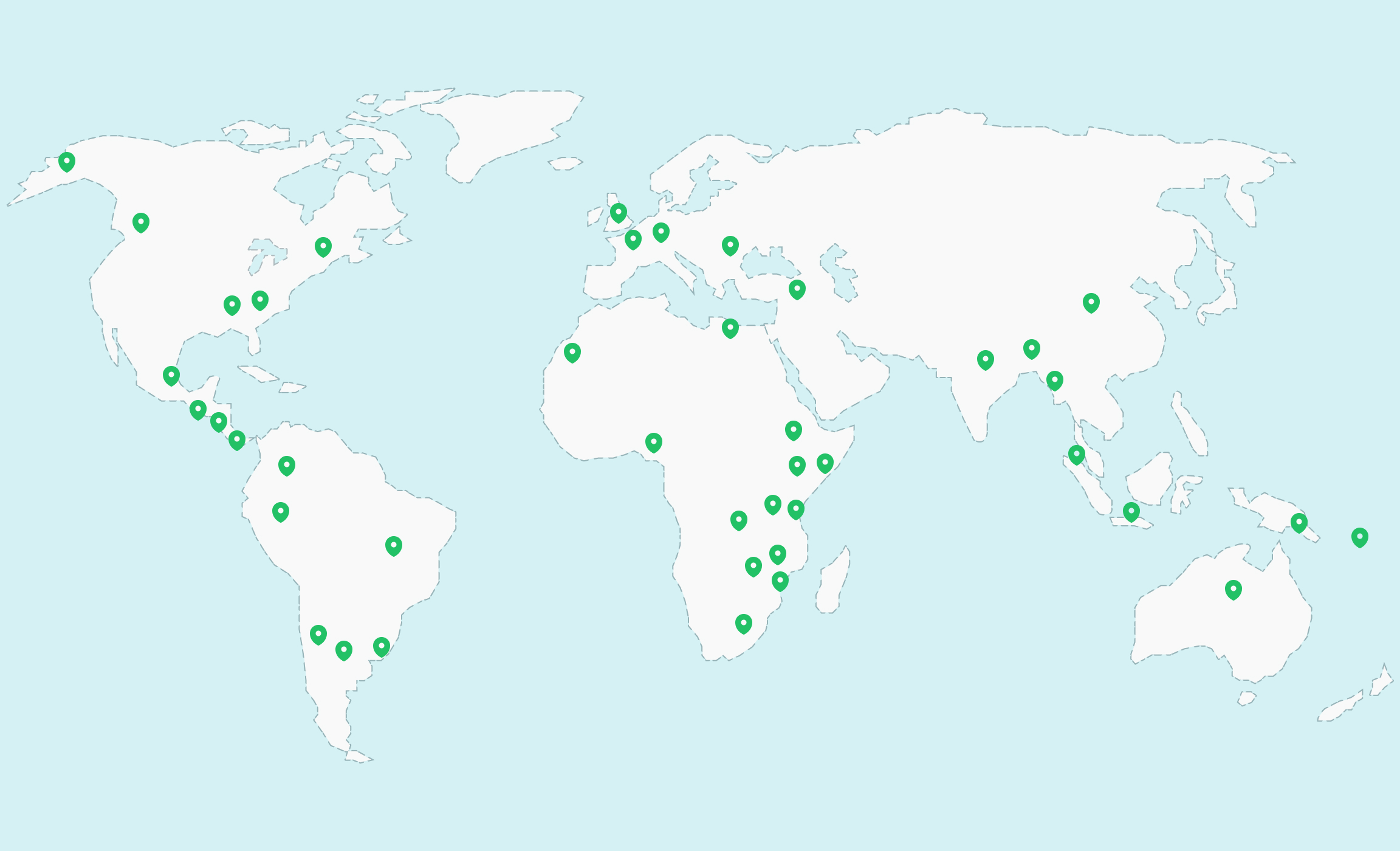
Our other projects
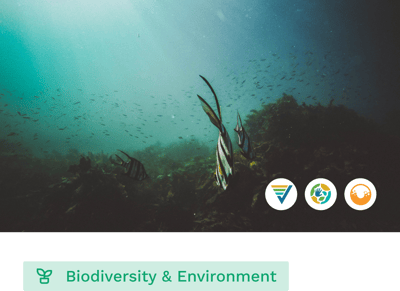
Blue Carbon
Avoidance
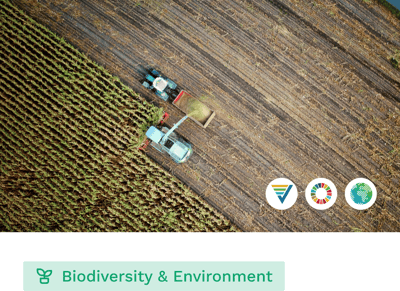
Agriculture
Avoidance
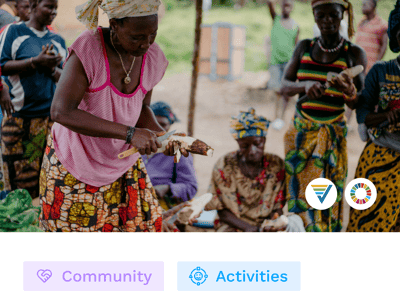
Household and Community Devices
Avoidance
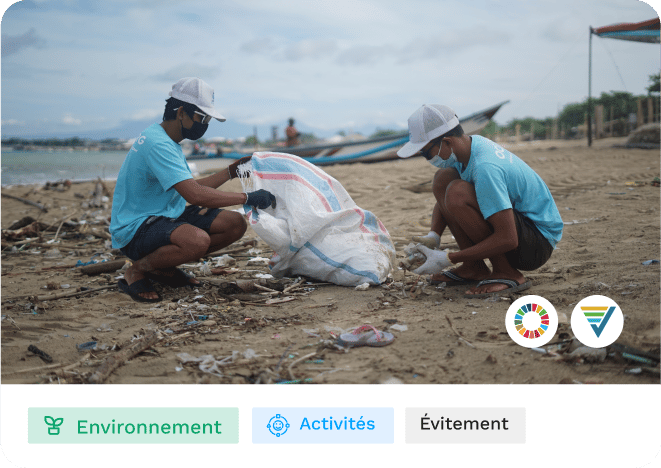
Waste Management
Avoidance & Removal
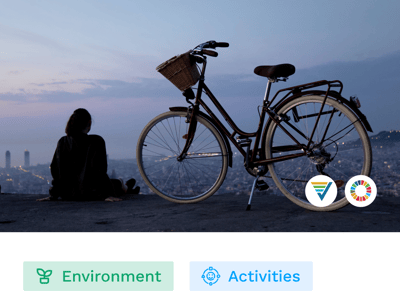
Transportation
Removal
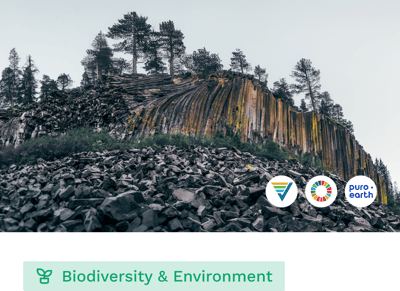
Tech-based and Hybrid
Removal
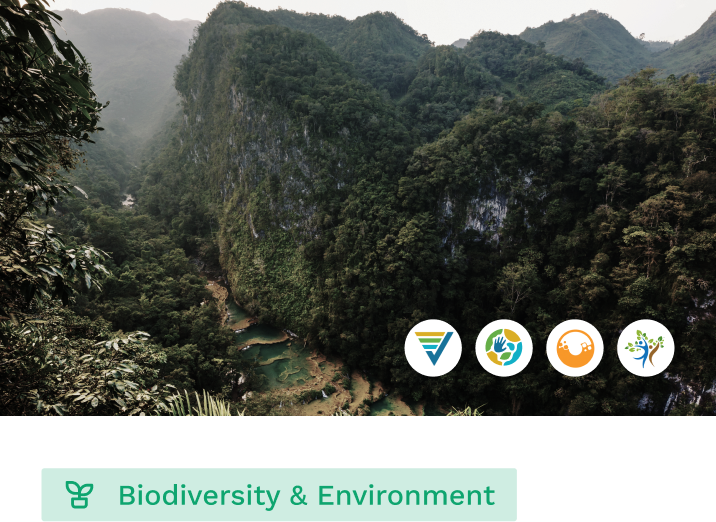
Forestry and Land Use
Removal & Avoidance

